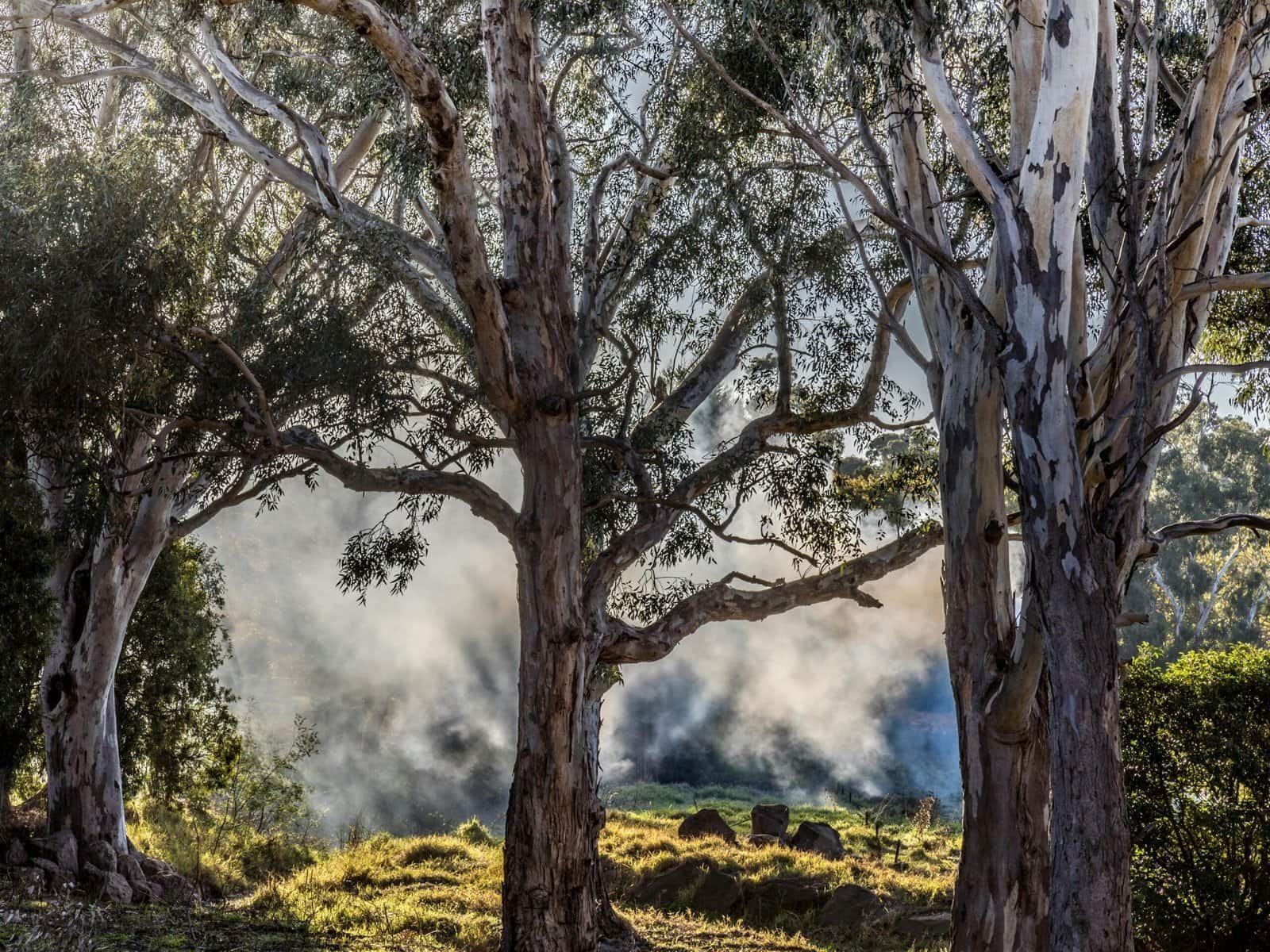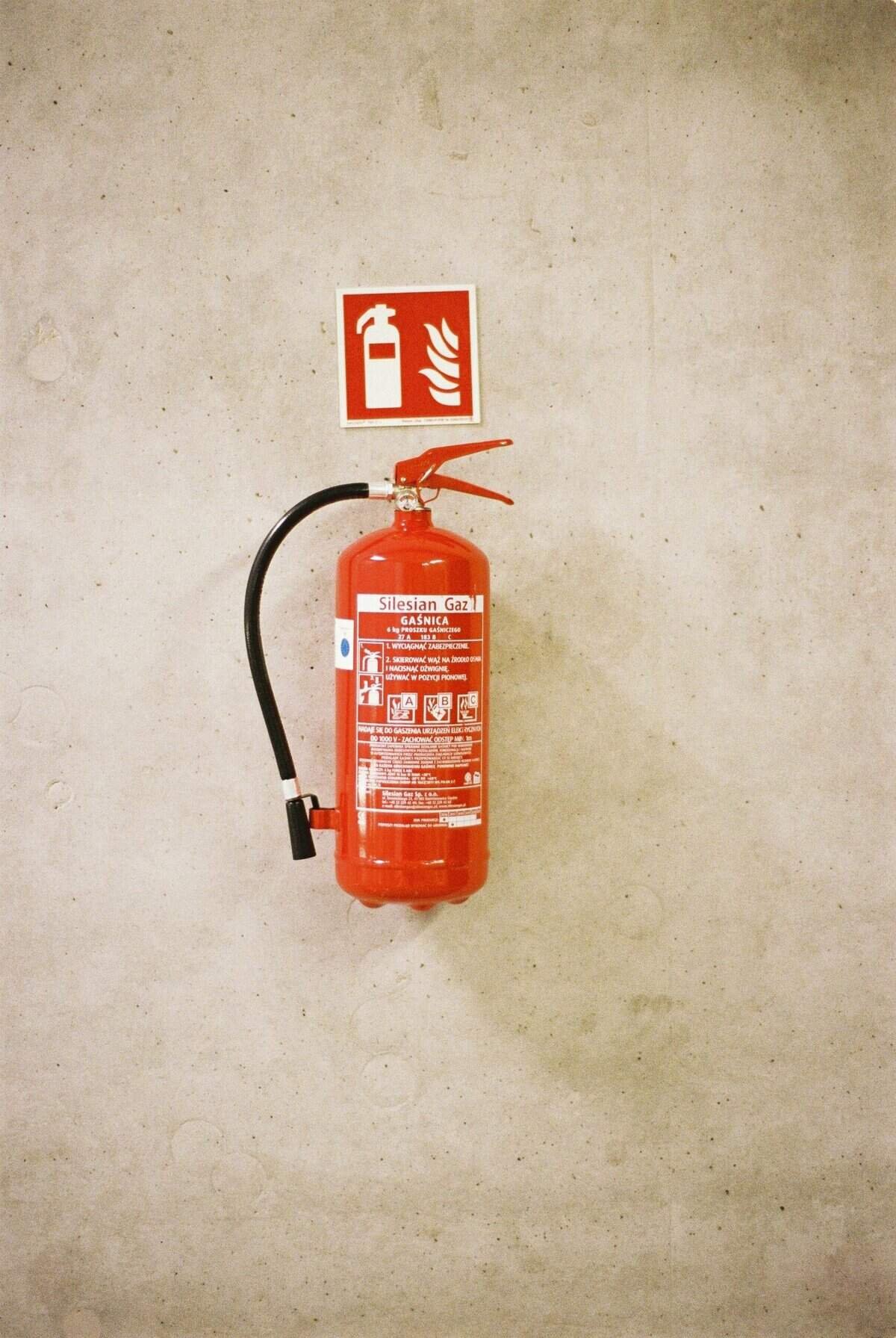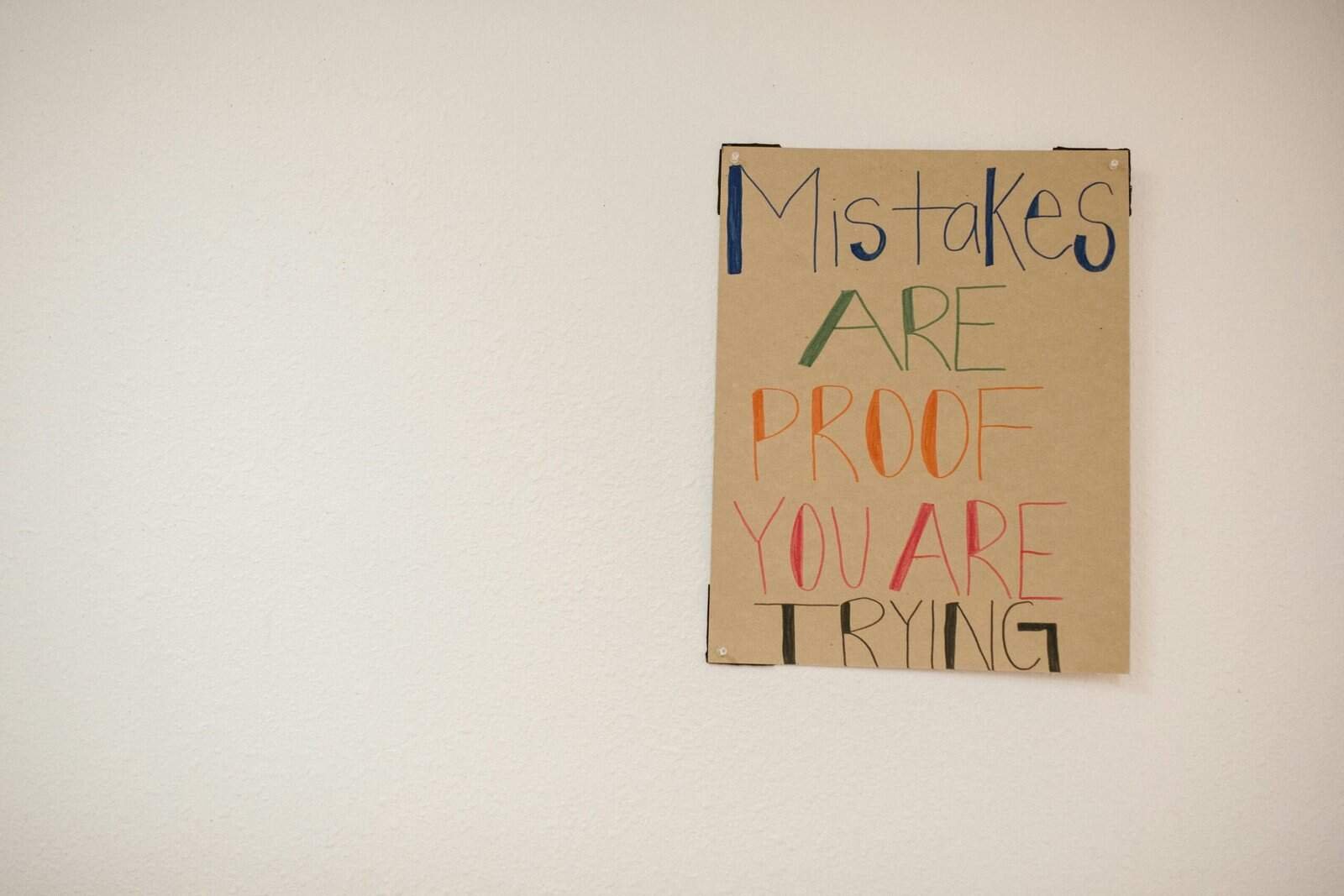Have you ever wondered how the water in your well stays clean and safe for consumption? Understanding how water systems work is crucial to ensuring the quality of your drinking water. One of the less commonly discussed issues related to well maintenance is backflow. By understanding what backflow is, how it occurs, and the potential impact it has on your well, you can take preventive measures to safeguard your water supply.
Understanding Backflow
Backflow is the undesirable reversal of the flow of water, which can lead water from non-potable sources to mix with potable water supplies. This occurrence can introduce contaminants into clean water systems, posing health risks to consumers.
Types of Backflow
Understanding the different types of backflow can help you identify how it might affect your well. The two primary types of backflow are backpressure and back siphonage.
Backpressure: This happens when the downstream pressure in the water system exceeds the pressure in the supply network. For example, pumps used in farm irrigation that generate high pressure can inadvertently cause water to flow backward into the main supply line.
Back Siphonage: This occurs when there’s a significant drop in water pressure in the distribution system, causing contaminated water to be sucked back into the clean water supply. A common case is when water mains break or there are problems with the fire-fighting water draw.
Causes of Backflow
Several factors can contribute to backflow, notably in systems that are not adequately protected. Common causes include:
Cross Connections: These are physical links between potable and non-potable water systems, which are typically unintentional and result from plumbing errors.
Pressure Changes: As previously discussed, changes in pressure due to various reasons like pump failures, line breaks, or elevated water withdrawal can facilitate backflow.
Poor Maintenance: Regular maintenance of plumbing and water systems is crucial in preventing backflow. Lack of routine checks and servicing can lead to vulnerabilities in your water system.
How Backflow Affects Your Well
When backflow occurs in a well system, it can have severe repercussions on water quality. Let’s examine how backflow specifically impacts your well:
Water Contamination
Contaminants introduced via backflow can make their way into your well, including bacteria, chemicals, heavy metals, and harmful organic compounds. The quality and safety of the water are compromised, posing potential health risks such as gastrointestinal diseases and infections among consumers.
Health Risks
Pathogens from sewage or chemicals can contaminate your well water, causing diseases like hepatitis, E. coli infections, and other waterborne illnesses. Those with weaker immune systems, such as children or the elderly, are at greater risk.
Damage to Plumbing Systems
Backflow can also result in corrosive agents entering the plumbing system, which can damage pipes and reduce their lifespan. This not only increases maintenance costs but also disrupts the supply of clean water to your household.

Preventive Measures
Fortunately, there are effective strategies to prevent backflow and safeguard your well water. Implementing these measures can help maintain water quality.
Installation of Backflow Prevention Devices
Devices such as check valves, air gaps, and reduced pressure zone (RPZ) assemblies are instrumental in preventing backflow. These devices allow water to flow in one direction and close off in the event of a reverse flow.
| Backflow Prevention Device | Description |
|---|---|
| Check Valve | A valve that allows water to flow only in one direction. |
| Air Gap | A space or physical separation between water supply and potential contaminants, typically used in faucets and drains. |
| RPZ Assembly | A device that maintains a lower pressure in the main water line preventing backflow in high-risk situations. |
Regular Maintenance
Regularly inspect your plumbing system and well installations for signs of wear and tear. Ensure that all connections are secure and there are no cross connections that can lead to contamination.
Pressure Management
Monitoring and regulating pressure in your water system helps to prevent conditions that could lead to backflow. Use pressure monitoring equipment and consider consulting with professionals for system designs capable of maintaining adequate pressure levels.
Testing and Monitoring Your Well Water
Frequent testing of your well water will help in early detection of contamination and other changes in water quality that may be a result of backflow.
Water Testing Kits
Water testing kits are readily available for homeowner use and can test for a range of contaminants. These kits can be part of a regular testing routine to ensure your water remains safe for consumption.
Professional Water Testing
For a more thorough analysis, you may consider hiring professionals to conduct water quality testing. This can provide a detailed breakdown of contaminants and other issues that may not be detectable with home kits.

Responding to Backflow Incidents
If you suspect or identify backflow in your well:
Immediate Actions
- Stop Consumption: Avoid using the potentially contaminated water for drinking, cooking, or hygiene purposes.
- Investigate the Source: Determine the cause of the backflow. Seek professional assessment to address the root problem.
- Disinfect the System: Once the issue has been resolved, it’s crucial to disinfect the water system to ensure all pathogens and contaminants are eliminated.
Informing Relevant Authorities
Inform local water authorities or regulation bodies. Documenting incidents helps in maintaining the integrity of communal water systems and supports efforts in broader water safety measures.
Educating Your Community
Promoting awareness about backflow and water safety within your community can help prevent larger incidents. Share knowledge on recognizing potential risks and steps to ensure well water safety. Community efforts enhance overall water safety and quality.

Conclusion
Understanding the dangers of backflow and taking preventive steps is crucial to the quality and safety of well water. Regular testing, proper maintenance, and installation of prevention devices are practical measures to protect your water supply. Being proactive not only safeguards your household but also contributes to overall community well-being. By being informed and prepared, you can ensure that the water you and your family depend on remains clean and safe.
